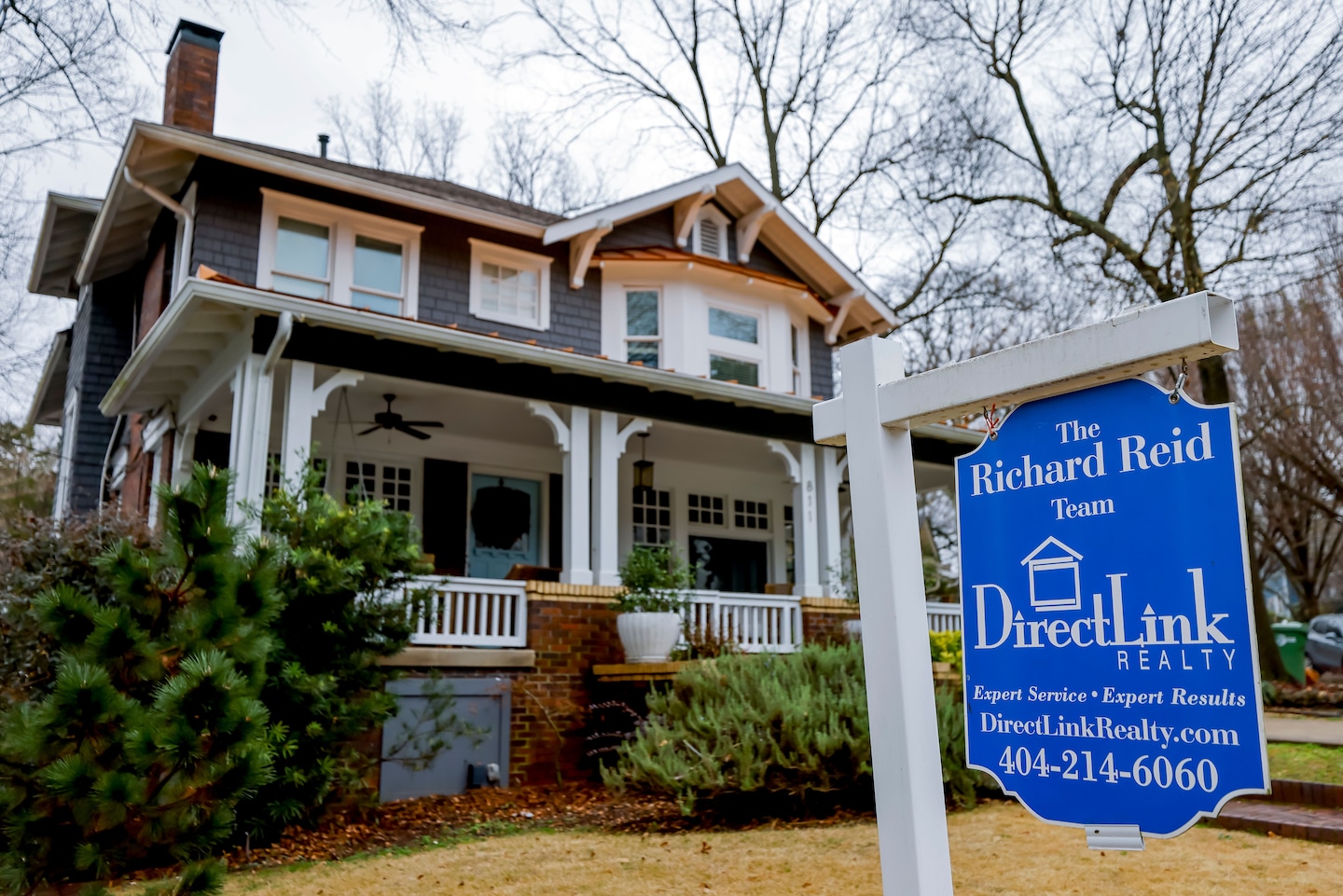Report: Homeownership rates surge but race and wealth gaps persist

However, the race gap in homeownership remains a persistent problem, with the homeownership rate for Black Americans at 43.4 percent in 2020, lower than the 44.2 percent who owned homes in 2010. The homeownership rate for Black Americans is nearly 30 percentage points lower than for White Americans, which was 72.1 percent in 2020, according to NAR. The gap is narrower for other race groups, with 61.7 percent of Asian Americans owning homes and a homeownership rate of 51.1 percent for Hispanic Americans.
Multiple factors contribute to the gap, which NAR researchers found is tied in part to affordability issues. Home prices have risen approximately 30 percent since 2019, which is equivalent to about $80,000 on the typical home. At the same time, inventory of homes for sale has declined to less than 1 million.
About half (51 percent) of homes in the United States that are listed for sale are affordable to households with at least $100,000 in income. On a national basis, 35 percent of White households, 25 percent of Hispanic households and just 20 percent of Black households earn at least $100,000, while nearly half of Asian households earn that amount.
Some other findings by NAR’s researchers include:
- Black households (41 percent) are the most likely to have student loan debt and have the largest median student loan balance of $45,000.
- Black and Hispanic loan applicants were more likely to be rejected for a mortgage (7 percent of each group) than White (4 percent) and Asian (3 percent) applicants.
Homeownership is often the largest contributor to household wealth. Homeowners have about 40 times the net worth of renters, according to Federal Reserve data in 2019 that showed homeowners had a median net worth of $255,000 while renters had a median net worth of $6,300.
NAR’s recent report on “Housing Wealth Gains for the Rising Middle-Class Markets,” analyzes the impact of rising home values on middle-income households, defined by NAR as those who earn 80 to 200 percent of area median income. In 58 percent of metro areas, the number of middle-income homeowners increased between 2010 and 2020.
The markets with the biggest increase in middle-income homeowners and wealth gains associated with rising home values include Phoenix, Atlanta, Las Vegas, Fort Myers, Fla., and Riverside-San Bernardino, Calif.. However, some markets saw declines in middle-income homeowners. The markets with the biggest losses include New York City, Los Angeles. Chicago, Boston and Detroit.
NAR’s analysis found that the share of low-income homeowners dropped significantly from 38.1 percent of all homeowners in 2010 to 27.2 percent in 2020.
While the overall number of middle-income homeowners rose in that decade, the share of all homeowners that are middle-income declined from 45.5 percent in 2010 to 43.0 percent in 2020. The share of homeowners who are considered high-income rose from 16.4 percent in 2010 to 29.8 percent in 2020.






